While most foreign tourists visit Sarajevo and Mostar only, there are many other interesting cities in Bosnia and Herzegovina. As we wanted to travel ‘off the beaten track’, last month we made a 7-day camper trip through Bosnia (N.B. Herzegovina is the southern part of the country) with the aim to discover some less-touristy cities.
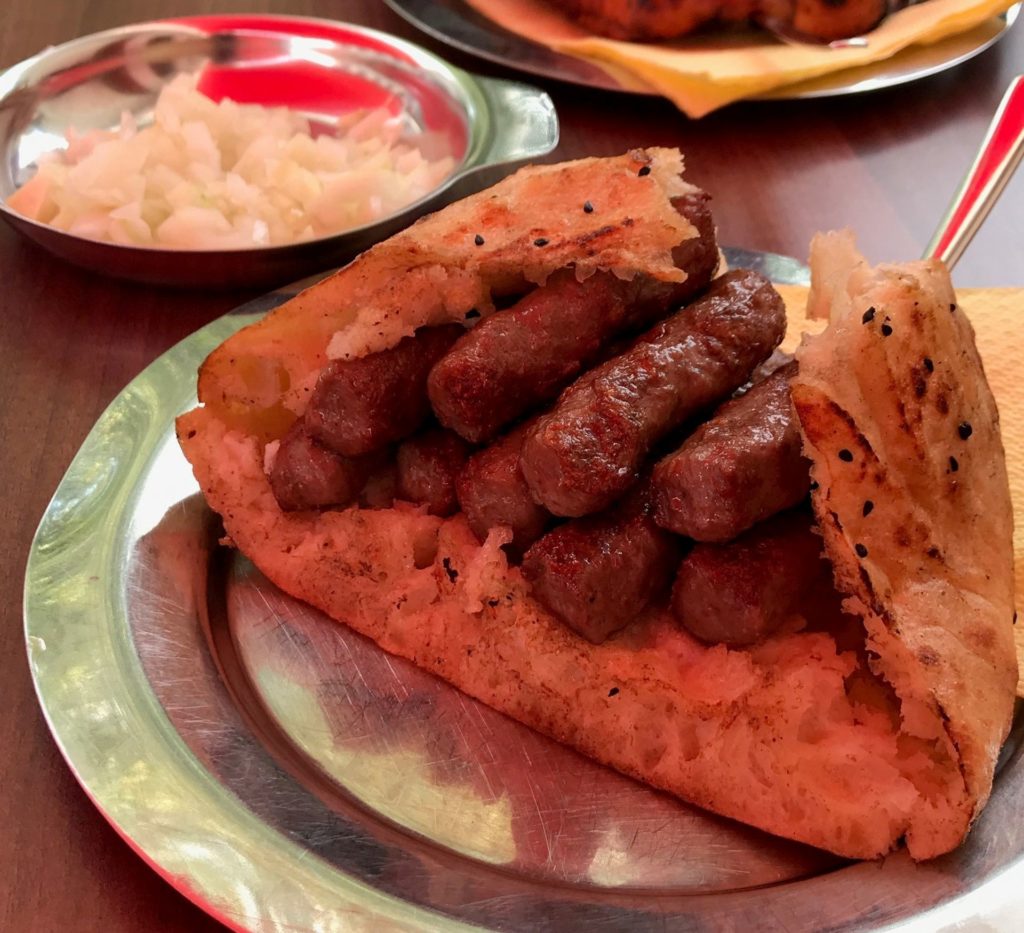 Although Bosnia and Herzegovina has a lot to offer, it remains one of the most underrated countries in Europe. Many people believe that the country is not safe and that some kind of war is still going on (?!). Well, I can assure you that Bosnia is a safe destination and that it is absolutely worth a visit.
Although Bosnia and Herzegovina has a lot to offer, it remains one of the most underrated countries in Europe. Many people believe that the country is not safe and that some kind of war is still going on (?!). Well, I can assure you that Bosnia is a safe destination and that it is absolutely worth a visit.
Furthermore, it is a fascinating nation full of history and culture. Architecture in the Bosnian cities is particularly interesting; it is a mix of Ottoman and Austro-Hungarian styles. And what about food? Delicious and affordable. Can you imagine that the price for a big portion of ‘čevapi’ with a drink of your choice would not be higher than 3-5 euro?
Of course, Bosnia and Herzegovina still has to cope with a lot of problems. First of all, the rate of unemployment is among the highest in Europe. And don’t think that ethnic and religious tensions have disappeared after the Bosnian War. They still exist, not to say that they are stronger than ever. Although the standard of living is quite low, churches and mosques are under construction in every village, in every town.
If you would like to explore this part of the country on your own, take your camper or rent a car and go for it! You can start the round trip from Croatia, Serbia or from Sarajevo, but the map (below) shows the route starting from Podgorica with a total distance of around 1000 km. Of course, if you start from Sarajevo, the tour will be much shorter!
B. VIŠEGRAD
Višegrad, a town with around 10,000 inhabitants, is situated at the confluence of the Drina and the Rzav river.
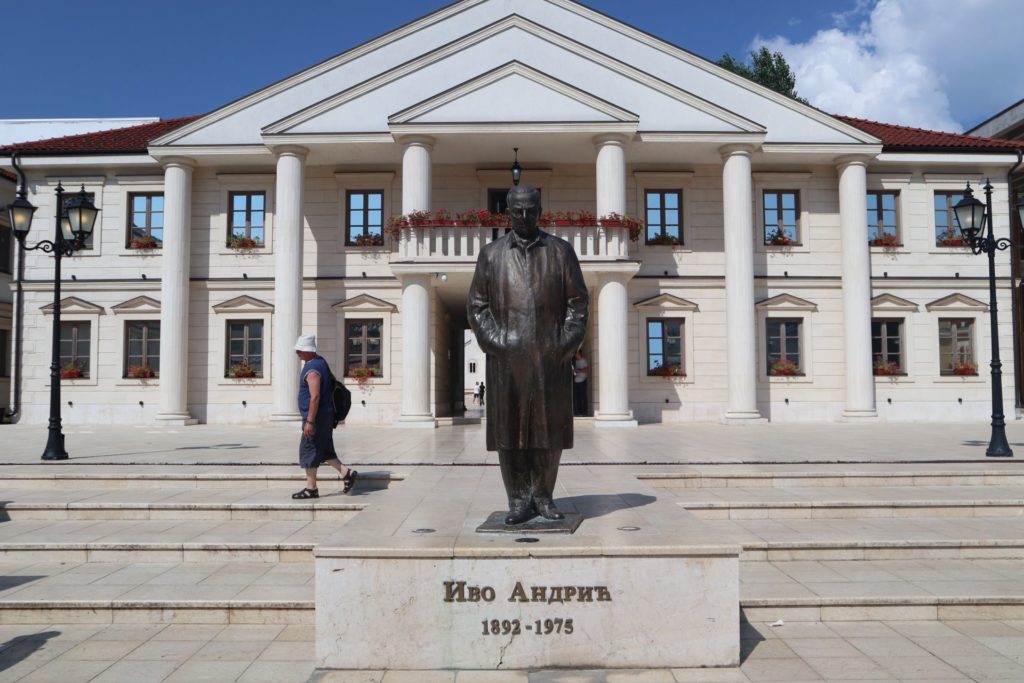 The main reason why we wanted to visit this place was the spectacular Ottoman bridge over the Drina River (photo 1). The construction of this 11-arched bridge, ordered by Grand Vizier Mehmed Paša Sokolović, was completed in 1577 by the Ottoman court architect Mimar Sinan.
The main reason why we wanted to visit this place was the spectacular Ottoman bridge over the Drina River (photo 1). The construction of this 11-arched bridge, ordered by Grand Vizier Mehmed Paša Sokolović, was completed in 1577 by the Ottoman court architect Mimar Sinan.
Why is this bridge so famous? First, it is listed on UNESCO’s World Heritage List. And second, this is the very bridge mentioned in the bestseller book “The Bridge on the Drina”, written by the Yugoslav Nobel prize winner Ivo Andrić.
But there is more to see in Višegrad: the town is also home to Andrić-grad (Andrić’s Town), a district in the center, constructed in honor of the novelist. This ‘artificial’ town was created by the famous movie director Emir Kusturica between 2011 and 2014. Visitors can enjoy different contents – from statues and pseudo-historic buildings to pubs, restaurants and a cinema. There is even an Orthodox church dominated by a huge statue of Petar Petrović II Njegoš. Although we prefer ‘genuine architecture’, I must admit: it is impressive!
C. TUZLA
Tuzla, the third largest city of Bosnia and Herzegovina, is not the prettiest destination in Bosnia and Herzegovina. No wonder, this city with around 100,000 inhabitants has an industrial setting with a big thermal power plant and an important salt production.
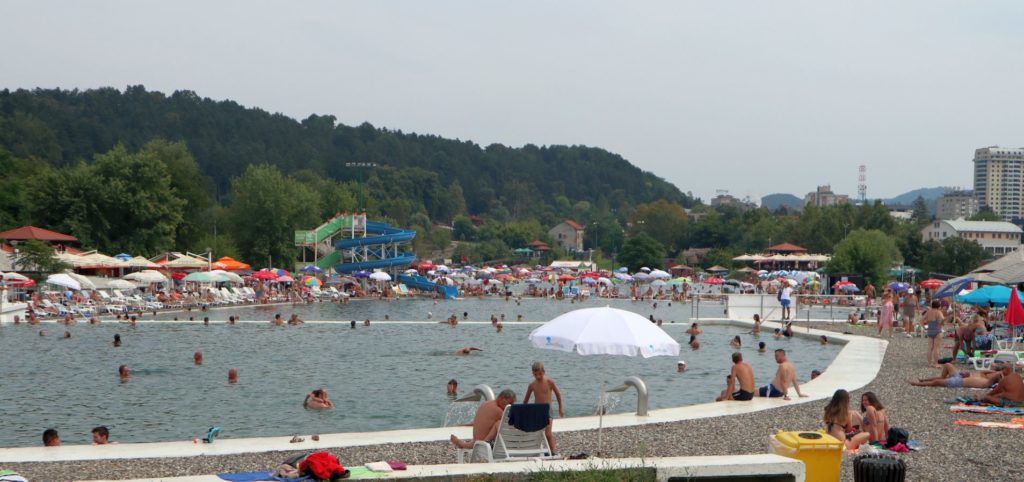 But the old town is beautiful. We liked the colorful houses and the cozy streets with traditional pubs and restaurants, where Ottoman-style buildings juxtapose against Austro-Hungarian facades. The 16th century Turalibey Mosque with its pyramid-shaped roof turned out to be a real highlight, but we were also pleasantly surprised with the city’s central lake, Panonsko Jezero or Pannonian Lake. This complex of artificial salt lakes is the biggest in Europe. It can accommodate up to 17,000 people and it creates a real seaside atmosphere in the city.
But the old town is beautiful. We liked the colorful houses and the cozy streets with traditional pubs and restaurants, where Ottoman-style buildings juxtapose against Austro-Hungarian facades. The 16th century Turalibey Mosque with its pyramid-shaped roof turned out to be a real highlight, but we were also pleasantly surprised with the city’s central lake, Panonsko Jezero or Pannonian Lake. This complex of artificial salt lakes is the biggest in Europe. It can accommodate up to 17,000 people and it creates a real seaside atmosphere in the city.
Unfortunately, when you visit Bosnian cities, you cannot avoid seeing traces of the Bosnian War…. On the colorful central square, we found a memorial of Tuzla’s Kapija massacre that happened on May 25th, 1995; on that day, artillery, fired from the mountains outside Tuzla by the army of Republika Srpska, killed 71 young people and wounded around 200. A sad story!
D. BANJA LUKA
Banja Luka is the second largest city in Bosnia and Herzegovina and the capital of Republika Srpska. It has around 140,000 inhabitants and lies on the Vrbas River.
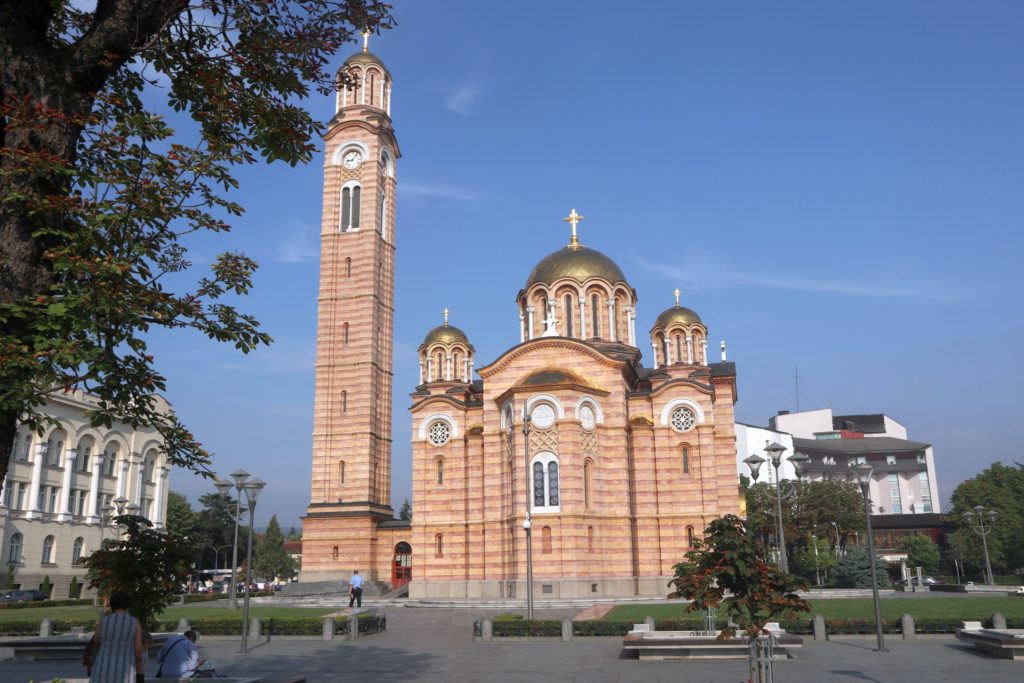 Bosnian Serbs make up most of the population. It goes without saying that the huge Orthodox cathedral, dedicated to Christ the Savior and built in 1929, dominates the center.
Bosnian Serbs make up most of the population. It goes without saying that the huge Orthodox cathedral, dedicated to Christ the Savior and built in 1929, dominates the center.
Walking around, we found Banja Luka a nice town, full of tree-lined avenues, boulevards, gardens and parks. The Austro-Hungarians developed most of the city; a beautiful example of their architecture is Banski Dvor, a cultural center. Another highlight was the medieval Kastel Fortress, situated on the site of previous Roman fortifications.
One of the few remaining Ottoman buildings is the recently reconstructed Ferhadija Mosque, one of the greatest achievements of 16th century Ottoman Islamic architecture. But honestly speaking, we found that the rest of the city has a pure Serbian character and that it misses the charm of other multi-ethnic places in the country.
E. JAJCE
Jajce, the former capital of the Bosnian Kingdom in the 14th century, is also located in Republika Srpska and has around 30,000 inhabitants.
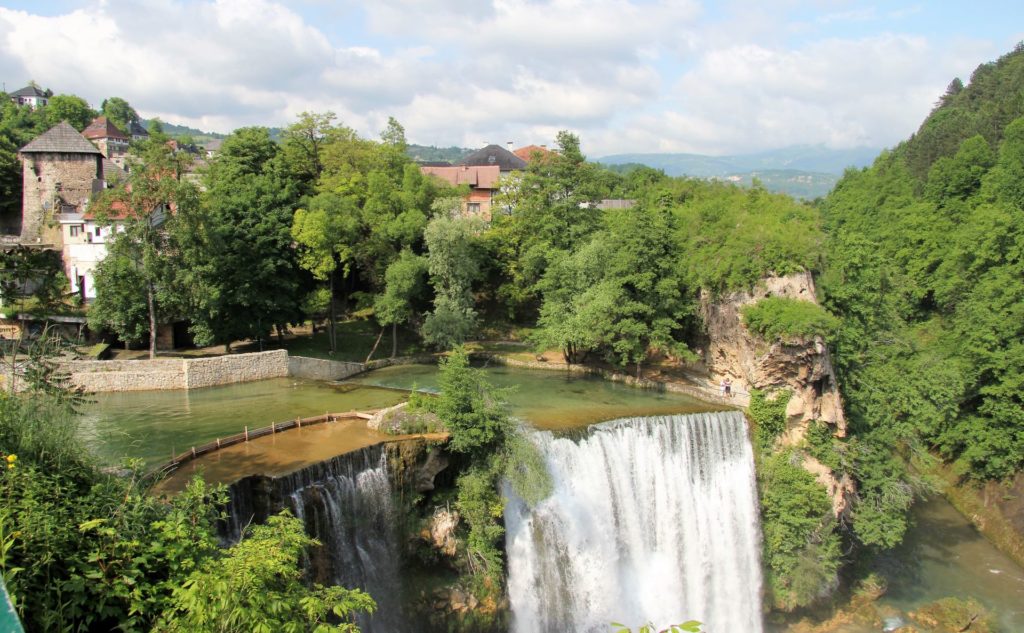 The walled city with a citadel, high above the town on top of a rounded hill, is enclosed with around 1,300 m long defensive walls from the 14th century. Nowadays, these walls only enclose a grass-covered plateau, but once this was the home of the Bosnian royal court. It was nice to visit this place, which was the last Bosnian fortress to fall to the Ottomans (in 1527). And the view from the top of the hill was amazing.
The walled city with a citadel, high above the town on top of a rounded hill, is enclosed with around 1,300 m long defensive walls from the 14th century. Nowadays, these walls only enclose a grass-covered plateau, but once this was the home of the Bosnian royal court. It was nice to visit this place, which was the last Bosnian fortress to fall to the Ottomans (in 1527). And the view from the top of the hill was amazing.
Jajce appeared to us as a picturesque, laid-back town with many buildings from Ottoman times. We were particularly impressed by the waterfall at the Pliva and Vrbas River’s confluence. Once this waterfall was 30 m high, but due to an earthquake during the Bosnian war and attacks on the power plant further up the river, the area was flooded and now the waterfall is 22 m high. A beautiful place!
We failed to visit the Pliva Lake watermills, a few kilometers away from Jajce. Should you decide to visit Jajce, don’t miss them, they are quite picturesque.
F. TRAVNIK
Of all the cities we visited, I liked Travnik most. This surprisingly pleasant city, located in the very center of the country, has around 20,000 inhabitants.
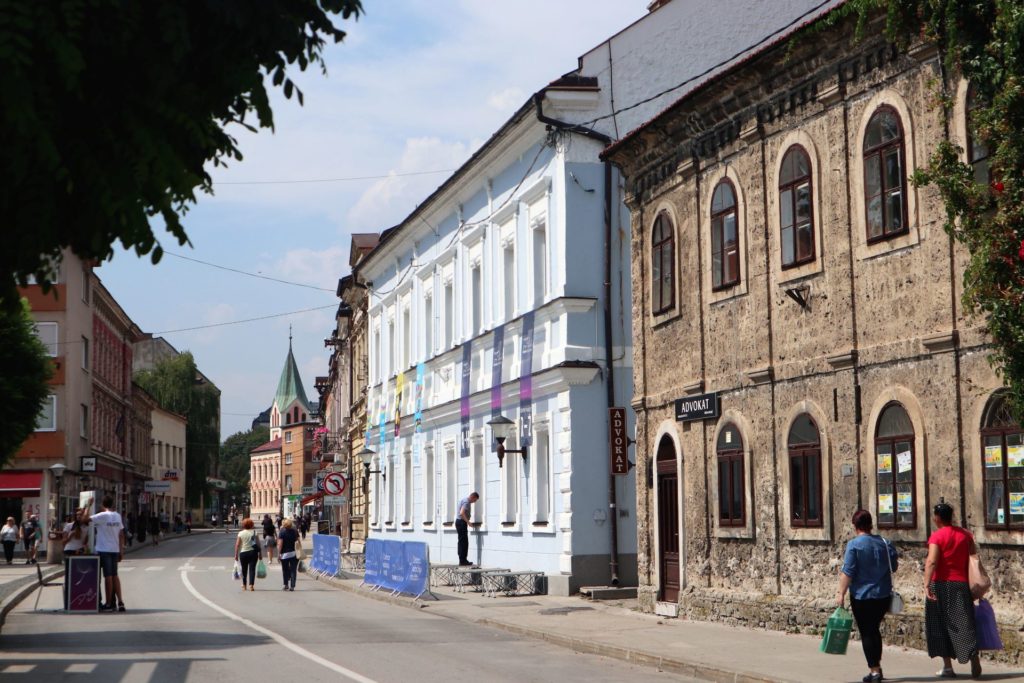 When we arrived, the atmosphere was very special. It was Islamic New Year (1441) and many people were celebrating. A night marathon was organized and the streets were nicely decorated.
When we arrived, the atmosphere was very special. It was Islamic New Year (1441) and many people were celebrating. A night marathon was organized and the streets were nicely decorated.
Historically, Travnik was the capital of the governors of Bosnia from 1699 to 1850. It was from here that the Ottomans planned their invasions further towards the southwest. For over 150 years, the governor-vizier had his headquarters in this town; it was called ‘European Istanbul’, as it was the most oriental town in Bosnia. Ivo Andrić’s novel ‘The Travnik Chronicle’ gives a very good impression of this period. By the way, Andrić was born here and baptized in the local Catholic church.
We did not visit the medieval Travnik Castle, but we thoroughly explored the old town with its interesting Ottoman houses and Clock Tower. Walking through the picturesque streets gave us the feeling of being in an open-air museum. A special highlight was the Ornamented Mosque (Šarena Džamija), a unique colorful building from the 16th century. In Bezistan, a small bazaar below the prayer room, people were buying snacks, but there were also some souvenir and clothes shops.
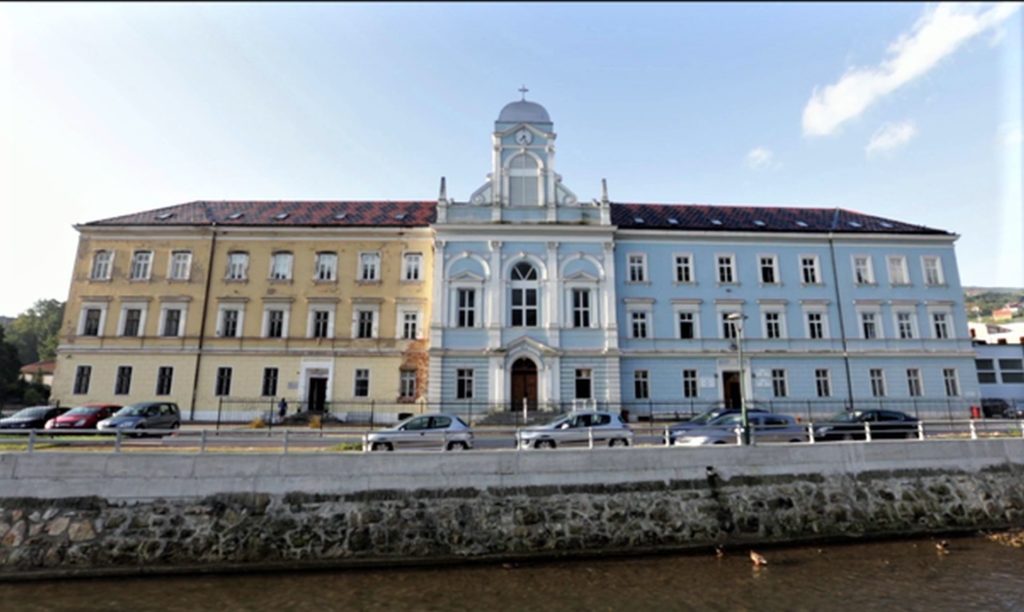 We had heard that the best ‘čevapi’ in Bosnia and Herzegovina could be found in Travnik and we tried it out in a small restaurant in front of the mosque. And it was true! By the way, alcoholic drinks were not served at pubs and restaurants in the old town. We enjoyed our glass of mineral water, watching young and beautiful Muslim women passing by in hijabs, while groups of men were sitting in front of the mosque.
We had heard that the best ‘čevapi’ in Bosnia and Herzegovina could be found in Travnik and we tried it out in a small restaurant in front of the mosque. And it was true! By the way, alcoholic drinks were not served at pubs and restaurants in the old town. We enjoyed our glass of mineral water, watching young and beautiful Muslim women passing by in hijabs, while groups of men were sitting in front of the mosque.
But is everything so perfect as it looks like? What about the ethnic tensions? We were told that the high school, i.e. gymnasium in Travnik is divided in two parts: one part of the façade is yellow, the other one is blue (photo: NOS). One side is the Catholic gymnasium for Bosnian Croats, the other one is the gymnasium for Bosniaks (Bosnian Muslims). There are two entrances, two schoolyards, two curricula. One school starts half an hour later than the other one. And do you think that this is an exception? No, it is not. There are sixty of such divided schools in the Bosnian Federation.
But students are now protesting. They are fighting for a new life, without conflicts. How can you reduce ethnic differences in the future if young people in Bosnia don’t learn how to live together? Reforming education, maybe that is the hope of a new Bosnia and Herzegovina!

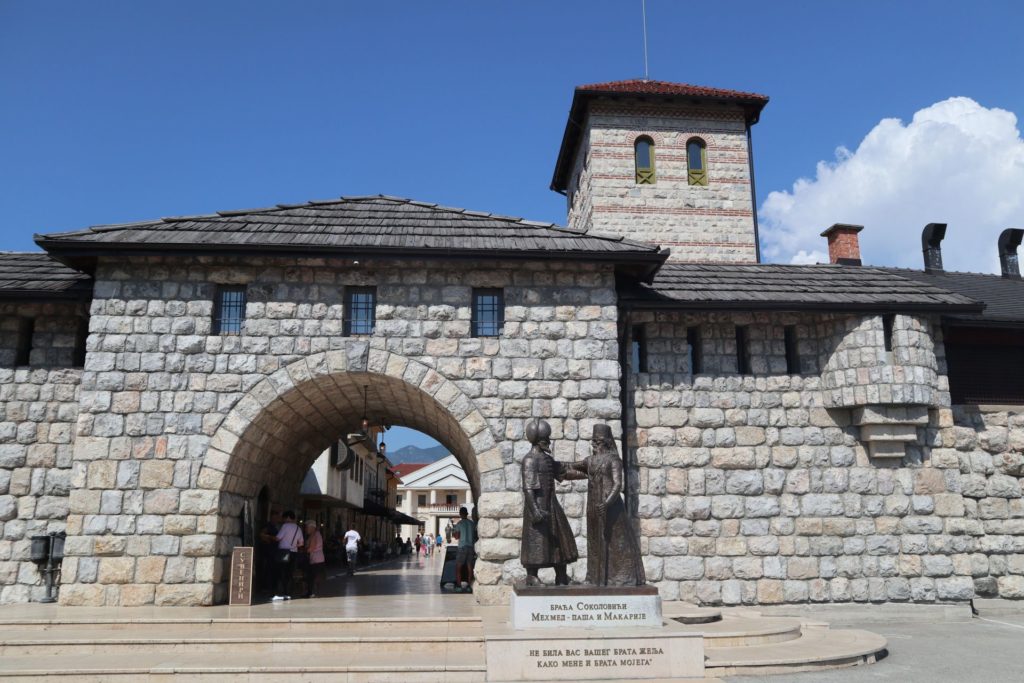
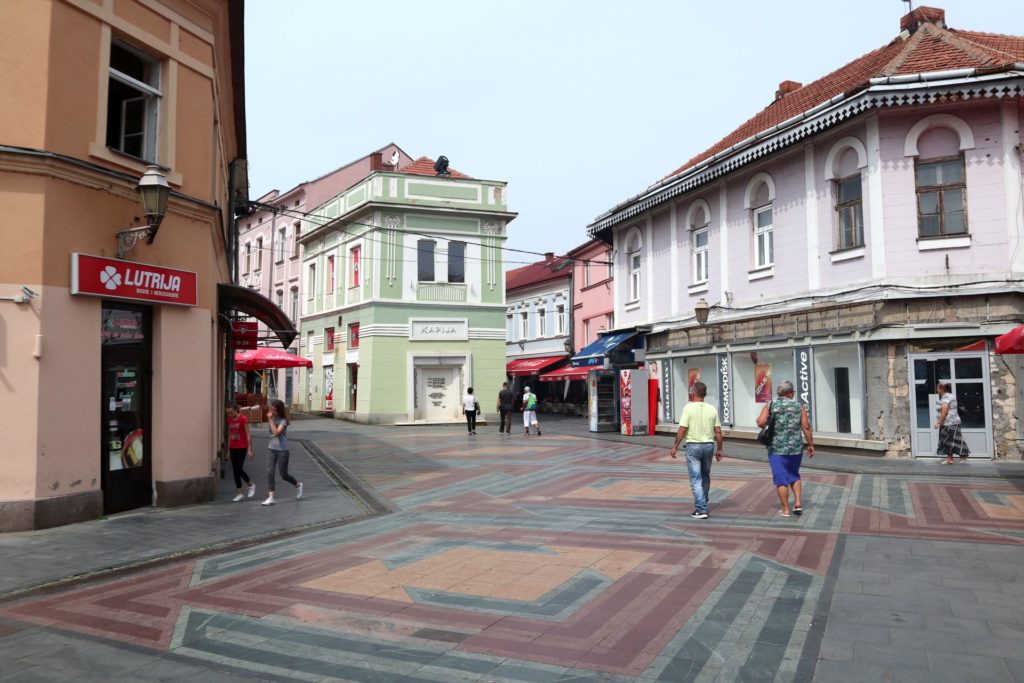
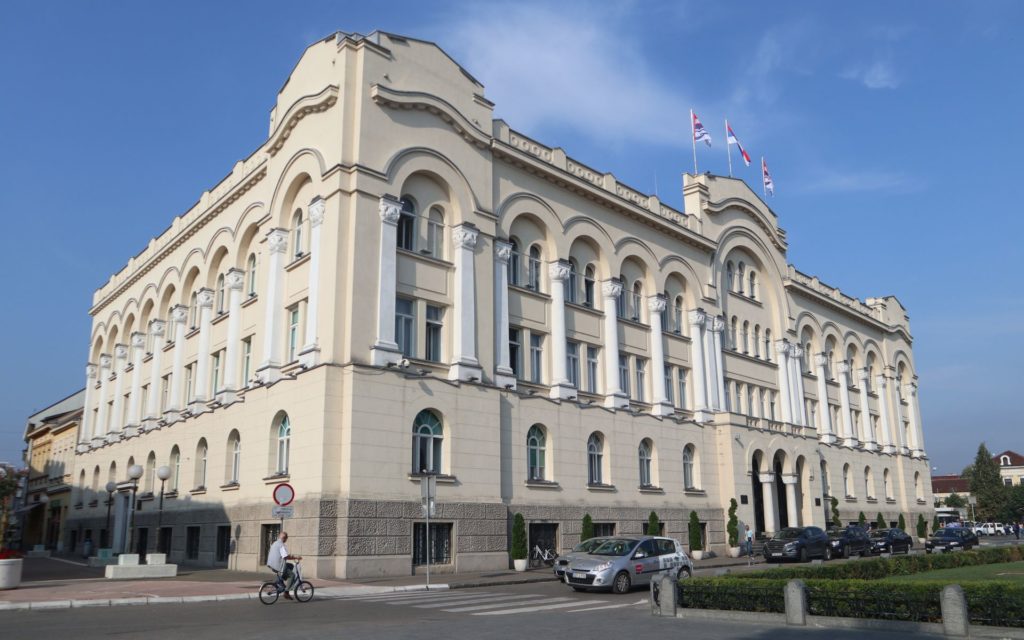
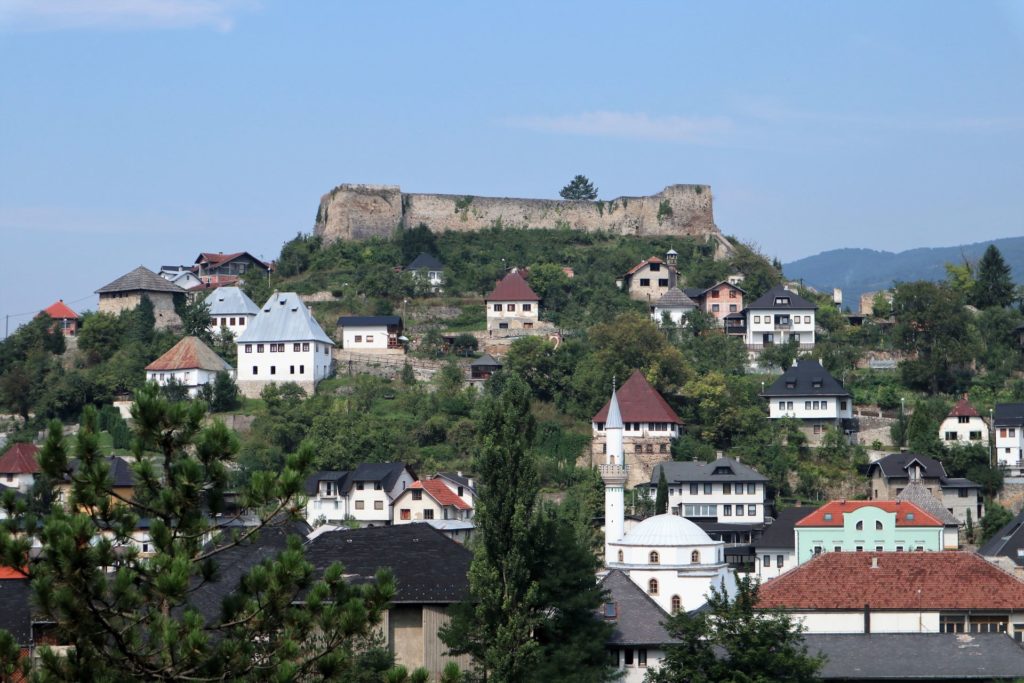

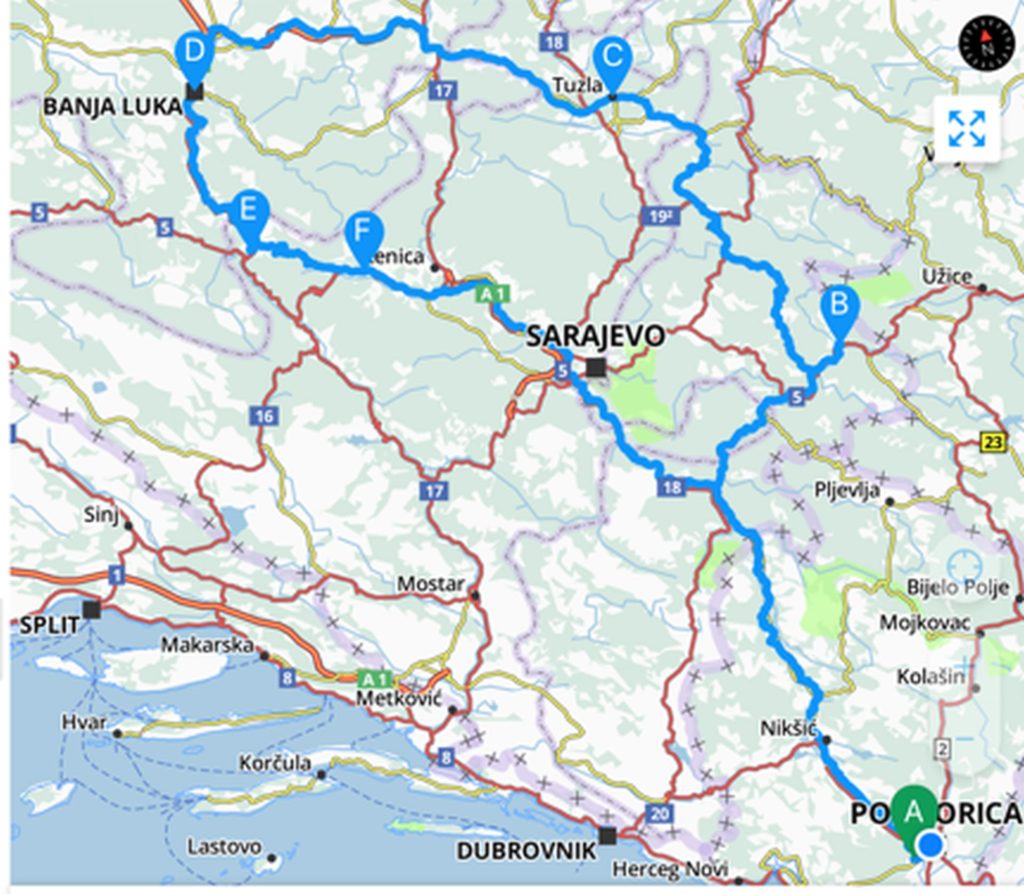
Good to hear about these lesser known towns. After visiting Mostar (overrated), Visegrad (just the bridge) and Sarajevo (nice atmosphere) I’ve been keen to see some new places. I’ve been especially keen to see Banja Luka and Trebinje but will now also add Stolac and Jajce to the list after reading your excellent article. Thank you!
Travnik old town I presume generally serves alcohol in the pubs? This was an exception because of Islamic new year?